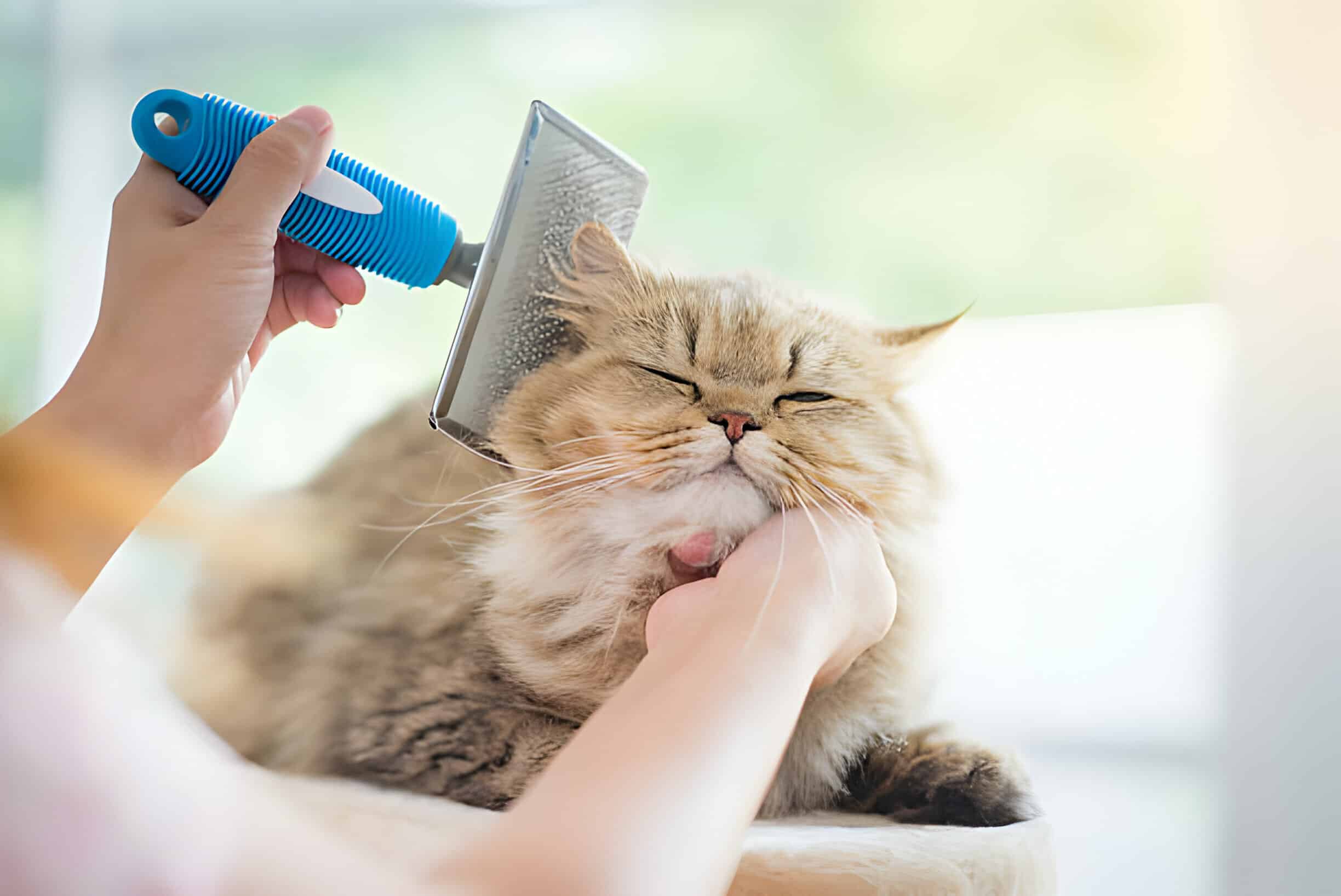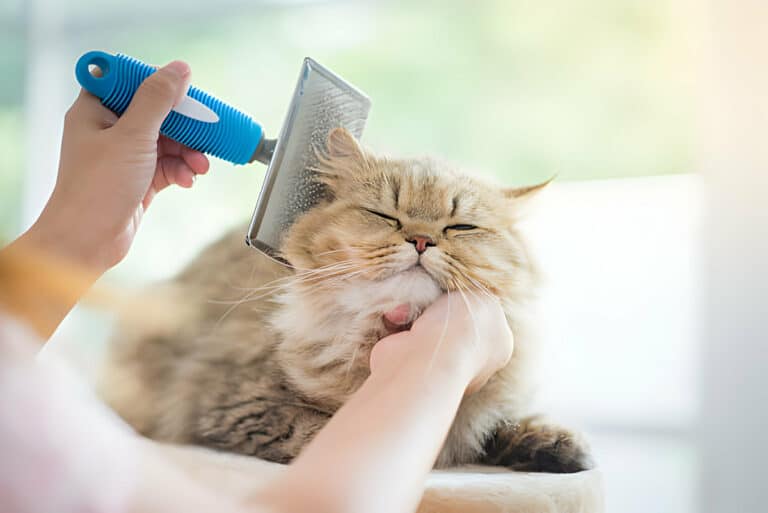The Dos And Don'ts Of Cat Grooming And Hygiene
Hygiene is paramount when it comes to ensuring your feline friend remains healthy and happy. Grooming is an vital part of a cat’s routine, but there are specific dos and don’ts to keep in mind to make the process smooth and beneficial for both you and your cat. From brushing techniques to nail trimming tips, this guide will provide you with all the information you need to maintain your cat’s grooming and hygiene effectively. By following these dos and avoiding the don’ts, you can help your cat look and feel their best.
Preparing for Grooming
Gathering the Right Tools
For successful cat grooming, it’s crucial to have the right tools at your disposal. Invest in a good quality cat brush suitable for your cat’s fur type, a comb for detangling any knots, nail clippers, and pet-safe shampoo. Having these tools ready will make the grooming process easier and less stressful for both you and your feline friend.
Creating a Grooming Schedule
Schedule regular grooming sessions to ensure your cat’s hygiene and appearance are maintained. Depending on your cat’s breed and fur length, you may need to groom them daily, weekly, or monthly. Keep a grooming schedule to stay on top of your cat’s grooming needs and establish a routine that your cat can become familiar with.
Plus, a grooming schedule allows you to monitor any changes in your cat’s skin and fur health, helping you detect potential issues early on and seek veterinary assistance if needed. Consistency is key to keeping your cat clean, healthy, and happy.
The Dos of Cat Grooming
Regular Brushing Techniques
Some grooming practices are important for maintaining your cat’s hygiene and health. Regular brushing is one of the most important tasks to keep your cat’s coat shiny and free of tangles. Brushing helps to distribute natural oils, remove loose fur, and prevent hairballs. It also allows you to check for any skin abnormalities or parasites.
Safe Bathing Practices
Grooming your cat includes safe bathing practices when necessary. Cats are generally self-cleaning animals, but sometimes they may need a bath, especially if they have long hair or skin conditions. The key to a successful cat bath is to use a cat-specific shampoo, avoid getting water in their ears or eyes, and gently massage the shampoo into their coat. Rinse thoroughly and dry your cat with a towel or a hairdryer set on low heat.
The bathing process can be stressful for cats, so it is important to approach it with caution and patience. If your cat absolutely hates baths, you can consider using waterless grooming products or consulting a professional groomer.
To ensure a positive grooming experience for your cat, establish a grooming routine from a young age and use grooming sessions as bonding time with your feline friend.
The Don’ts of Cat Hygiene
Common Grooming Mistakes
Now, when it comes to grooming your cat, there are some common mistakes that you should avoid. One of the most common mistakes is using the wrong type of brush for your cat’s fur. Using a brush that is too harsh can cause discomfort and even skin irritation. Another mistake is neglecting to trim your cat’s nails regularly, which can lead to painful overgrowth and potential injury.
Hazardous Hygiene Products
Mistakes in choosing grooming products can have hazardous consequences for your cat’s hygiene. The use of human shampoo or cleaning products on cats can be harmful as they may contain ingredients that are toxic to felines. Additionally, using expired or low-quality grooming products can cause skin allergies and other health issues in your cat.
Hygiene is crucial when it comes to grooming your cat. Always opt for products specifically formulated for cats and consult with your veterinarian if you are unsure about the safety of any grooming product. Your cat’s well-being is in your hands, so make informed choices to ensure their hygiene and grooming routine is a positive experience.
Special Considerations
Handling Sensitive Areas
Considerations when grooming your cat involve handling sensitive areas with care. Ears, eyes, and paws are sensitive spots that require gentle handling and attention. Make sure to use the appropriate grooming tools and techniques to avoid causing discomfort or injury to your feline friend.
Grooming Senior Cats or Cats with Special Needs
One of the most important considerations when grooming senior cats or those with special needs is to be patient and understanding of their limitations. These cats may have mobility issues, arthritis, or skin sensitivities that require a gentle touch and extra care during grooming sessions. It’s crucial to tailor your grooming routine to their individual needs and make adjustments as necessary to ensure their comfort and well-being.
Cats with special needs may require more frequent grooming to prevent matting, keep their skin healthy, and maintain their overall appearance. Regular grooming sessions can also help you monitor their health and detect any changes or abnormalities early on.
To wrap up
Presently, understanding the dos and don’ts of cat grooming and hygiene is crucial to ensuring your feline companion’s health and well-being. By following the proper techniques for grooming, such as regular brushing and nail trimming, you can prevent matting and maintain a clean coat. Additionally, prioritizing hygiene practices like cleaning the litter box regularly and providing fresh water and a balanced diet are crucial for your cat’s overall health. Avoiding common grooming mistakes, such as using human products or neglecting dental care, is also key to keeping your cat happy and healthy. By incorporating these tips into your grooming routine, you can provide your cat with the care they need to thrive and lead a long, happy life.
FAQ
Q: Why is cat grooming important?
A: Cat grooming is crucial for maintaining your cat’s overall health and well-being. Regular grooming helps prevent mats, tangles, and skin issues. It also reduces shedding, minimizes hairballs, and promotes healthy skin and coat.
Q: How often should I groom my cat?
A: The frequency of grooming depends on your cat’s breed, coat length, and lifestyle. Long-haired cats may require daily grooming to prevent mats, while short-haired cats may only need weekly grooming sessions. Regular brushing, nail trimming, and ear cleaning are recommended for all cats.
What are the dos and don’ts of cat grooming?
A:
- Do: Use cat-specific grooming tools like brushes and combs.
- Do: Be gentle and patient during grooming sessions to avoid stressing your cat.
- Do: Reward your cat with treats or praise after a grooming session to create a positive association.
- Don’t: Use human grooming products on your cat as they may contain ingredients harmful to cats.
- Don’t: Force your cat to endure grooming if they are highly stressed or anxious.
- Don’t: Neglect regular grooming, as it can lead to health issues and discomfort for your cat.






